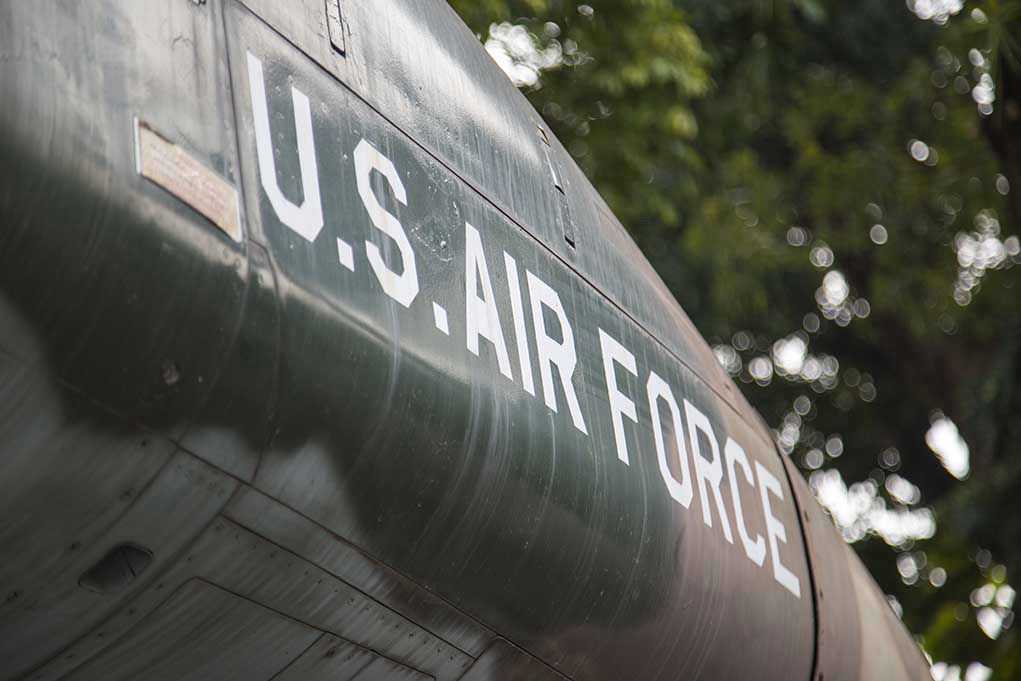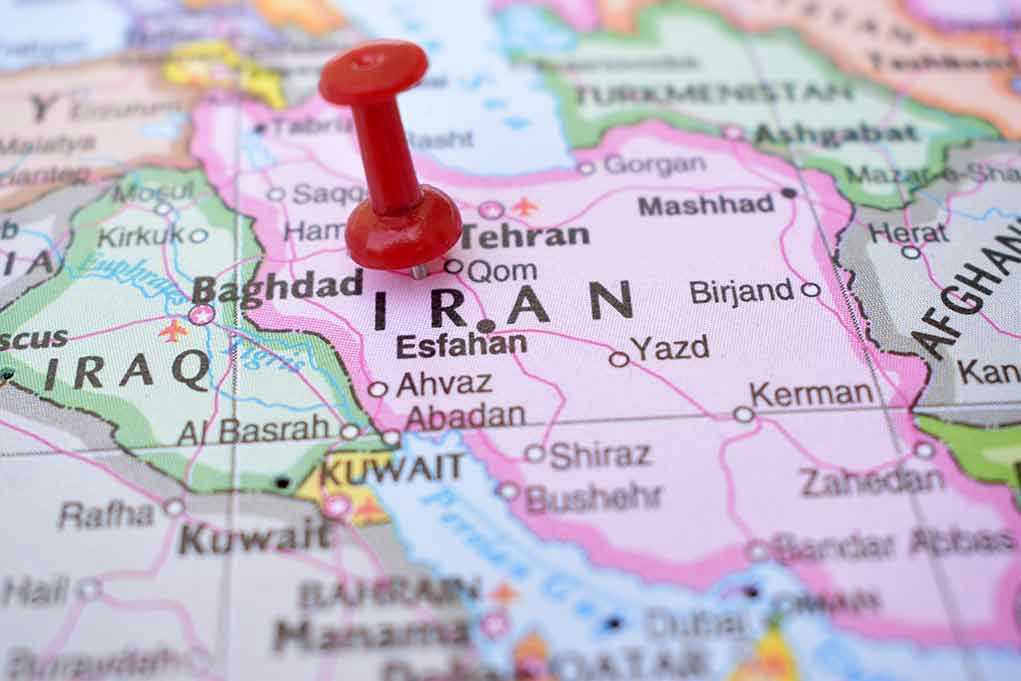
Another technical malfunction, another emergency landing—what does this mean for U.S.-Japan relations and those living under the flight path of the Osprey?
At a Glance
- A U.S. CV-22 Osprey made an emergency landing in Japan due to a technical issue.
- This incident is part of a troubling pattern of safety concerns surrounding the Osprey.
- Local Japanese communities express ongoing anxiety about the aircraft’s safety.
- U.S.-Japan military collaboration faces increased scrutiny.
Osprey’s Troubled Safety Record
The U.S. CV-22 Osprey, a tilt-rotor military aircraft, once again finds itself under the microscope after a technical malfunction forced an emergency landing at Hanamaki Airport in Iwate Prefecture, northern Japan. This latest incident occurred on July 24, 2025, when a warning lamp indicated a technical issue, prompting the precautionary measure. This isn’t an isolated event. The Osprey has been involved in a series of mishaps, including a fatal crash in 2023 off Yakushima, southern Japan, which killed eight U.S. service members and led to a temporary grounding of the Osprey fleet.
Japanese communities have long been vocal about their concerns over the noise, safety risks, and lack of transparency from U.S. military operations involving the Osprey. With the aircraft capable of vertical takeoff and landing like a helicopter and flying at high speed like a fixed-wing plane, its complex design has been both its selling point and its Achilles’ heel. The Osprey’s controversial safety record continues to generate anxiety among those living near U.S. military bases in Japan, such as Yokota and Misawa, where these aircraft are stationed.
Impact on U.S.-Japan Relations
Japan plays host to a significant U.S. military presence under the U.S.-Japan Security Alliance, a relationship built on mutual defense and strategic interests. However, incidents like the Osprey’s emergency landing put a strain on this alliance, as Japanese authorities and residents grapple with the implications of U.S. military operations on their soil. The July 24 incident, while fortunately injury-free, has reignited calls for greater scrutiny and transparency regarding Osprey operations.
The Japanese Ministry of Defense promptly dispatched staff to Hanamaki Airport to oversee investigations and maintain contact with U.S. forces. The U.S. Air Force described the emergency landing as precautionary, assuring that civilian air traffic was not disrupted. Yet, the ongoing scrutiny of these aircraft could lead to stricter oversight or operational restrictions, potentially affecting future U.S.-Japan military cooperation.
Local Concerns and Broader Implications
The residents of Iwate Prefecture and other areas along the Osprey’s flight paths are understandably anxious. Their calls for safety reviews and transparency have grown louder with each incident. Even rare occurrences of technical malfunctions lead to heightened scrutiny and public outcry, questioning the accountability and operational protocols of these aircraft. The Osprey’s history of incidents fuels public debates about its safety and the broader implications for tilt-rotor technology.
This incident is more than just a technical glitch; it is a flashpoint for discussions around the U.S. military’s accountability and the delicate balance of the U.S.-Japan alliance. As investigations continue, both nations will need to address these concerns to maintain trust and cooperation.
Looking Ahead
The emergency landing at Hanamaki Airport is a reminder of the ongoing challenges associated with operating complex military aircraft like the Osprey. The broader implications for U.S.-Japan military cooperation are significant. As both nations navigate these challenges, the safety and reliability of tilt-rotor technology will remain under scrutiny, potentially influencing future procurement and deployment decisions.
In the short term, U.S. military logistics and flight schedules may experience some disruptions. Long-term, the repeated incidents involving the Osprey could strain the U.S.-Japan military alliance, prompting calls for more stringent safety measures and transparency. For now, the Osprey remains a topic of intense debate, capturing the attention of both military strategists and local communities alike.

















